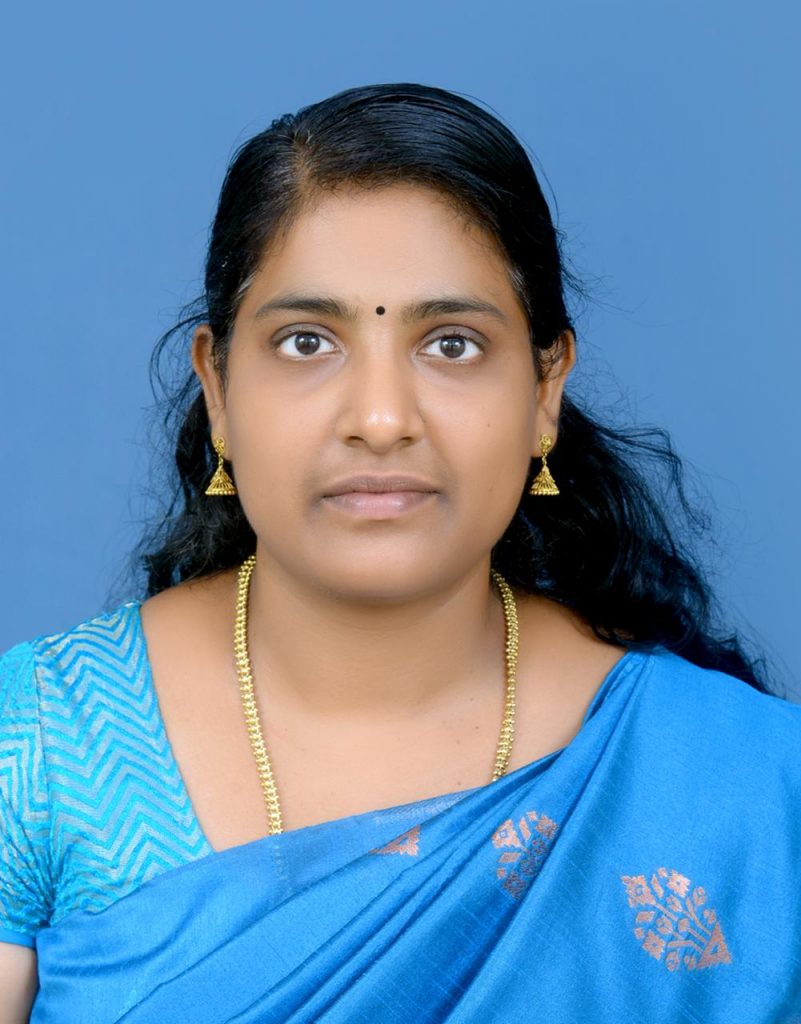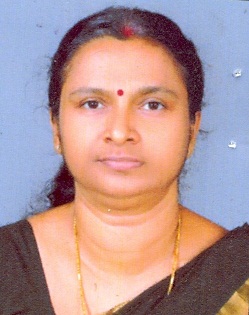CET has been granted a patent for the invention of a method and user terminal for determining the authenticity of digital images. This can be used for detecting doctored images and for locating forged regions which has promising applications in proving the trustworthiness of images in legal investigations, police investigations, and medical diagnosis which use images as confirmative evidence.
With today’s communication and digital imaging technology, anyone can capture and share digital images from anywhere. Using powerful image manipulation software available, any novice can tamper images without leaving visual traces. Tampering of an image changes the semantic contents of an image which can cause serious damages in multifarious applications where images play a vital role in decision making. Thus it is a pre-requisite to verify the integrity of images before being used as evidence in critical applications.
Strict content authentication of an image captured by an imaging device like a digital camera or mobile phone or an image stored in a computing device like a computer is done using cryptographic hash function and chaotic sequence. Authorized persons knowing the exact credential information can verify the authenticity of the image and can locate the modified regions using a computing device successfully. It detects tampering at bit level with a 100 percent tamper detection rate and has high resistance to various tampering attacks. This invention is suitable for critical applications which permit minimal information loss from the image.
The research work that led to this invention was carried out in the Computer Science and Engineering department of CET by Dr. Neena Raj N R, Assistant Professor in Computer Science and Engineering, Mar Baselios College of Engineering and Technology (former Research Scholar in the Computer Science and Engineering department of CET) under the guidance of Dr Shreelekshmi R, SPFU Director, Directorate of Technical Education and former Professor in the Computer Science and Engineering department of CET.


